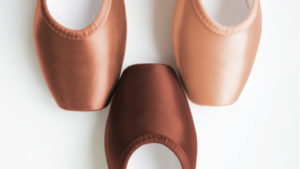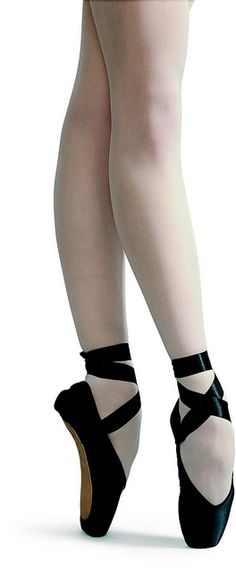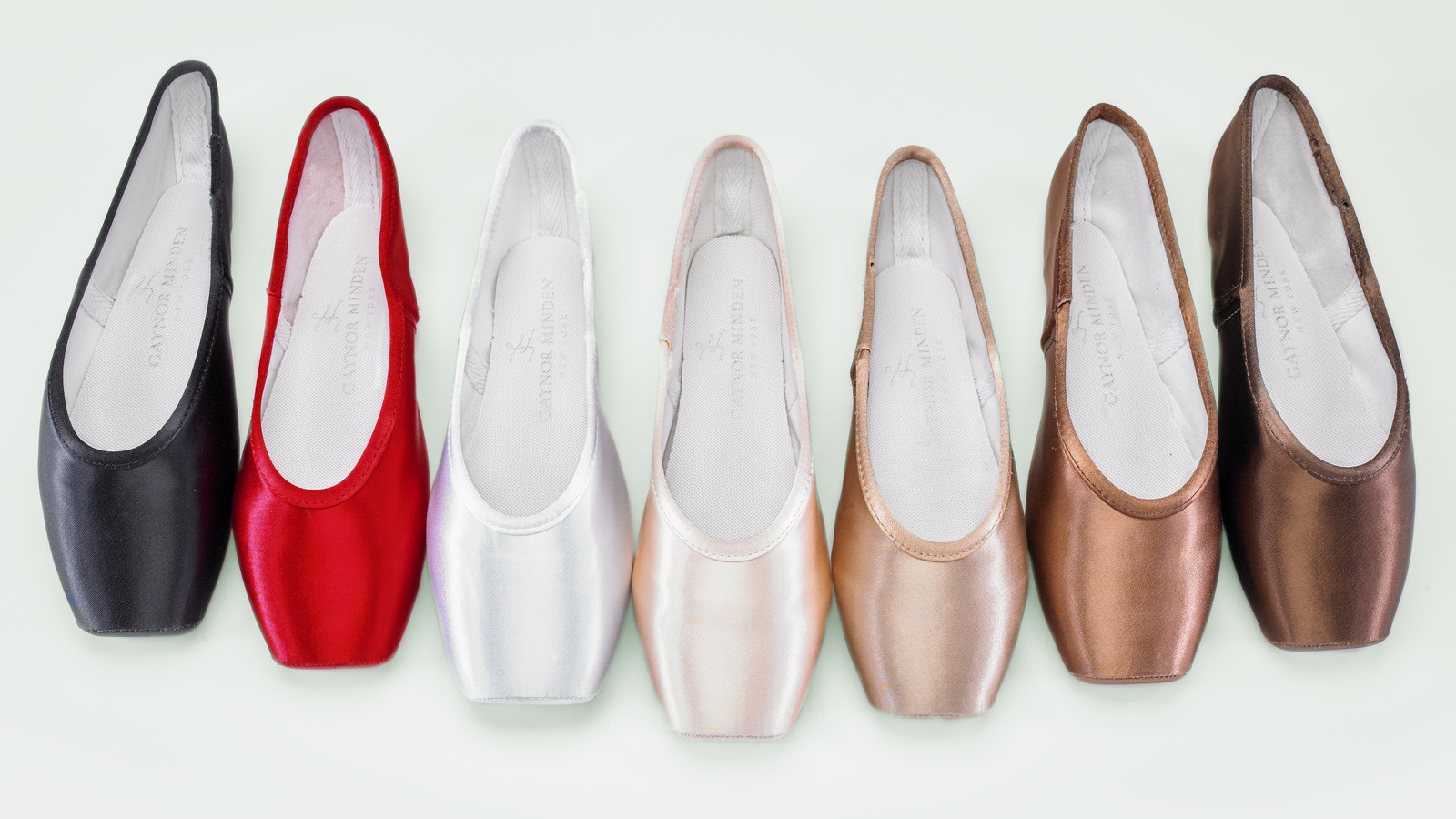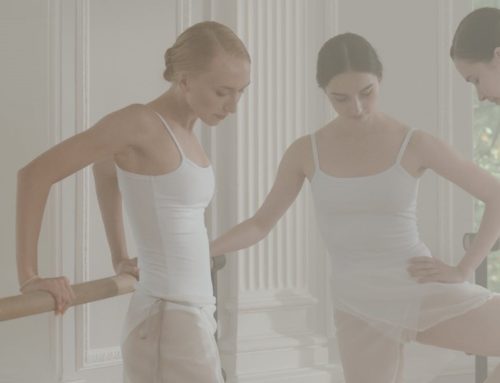Although we offer canvas shoes in pink, white and black and have the option of ordering pointe shoes in a variety of colours, there might still be occasions you will need to dye your ballet shoes. Depending on the type of ballet shoe, there are different methods you can use to do this.
Canvas Shoes
These are probably the easiest to dye due to the very receptive material. You can use normal fabric dye on our pink or white canvas shoes to get just about any colour you want. Just dye it like you would dye any other fabric items according to the package directions. For a richer colour, don’t dilute the dye as much and rather create a thin paste which you can then paint onto the shoes. For both methods, stuff your shoes with plastic bags while they dry so that they don’t shrink and make sure you rinse them after they have dried to get rid of any excess paint that might come off on the dance floor. Never put canvas ballet shoes in the dryer as it will make them shrink.
If you can’t find dye, a fabric marker also works, although you may need multiple markers for one pair of shoes since you will be using a lot of the markers’ ink. Remember to get the elastic, casing and drawstring.
 In order to get beige or skin tone shoes, dancers will often use the teabag method. This involves placing a few teabags in a pot with boiling water, letting them draw and then adding the shoes. Let the shoes soak for a few minutes before taking them out, stuff them with plastic bags and leaving them to dry. This is a very easy, cost-effective, method but can’t really match exact shades consistently and doesn’t cover all skin tones. For this, using a liquid foundation is probably the best way to get a good colour match, simply dab on with a sponge and allow to dry.
In order to get beige or skin tone shoes, dancers will often use the teabag method. This involves placing a few teabags in a pot with boiling water, letting them draw and then adding the shoes. Let the shoes soak for a few minutes before taking them out, stuff them with plastic bags and leaving them to dry. This is a very easy, cost-effective, method but can’t really match exact shades consistently and doesn’t cover all skin tones. For this, using a liquid foundation is probably the best way to get a good colour match, simply dab on with a sponge and allow to dry.
Pointe Shoes
Pointe shoes are generally found in pink satin, however, with some of our brands, we have the option of special ordering shoes in a variety of skin tones and even red, black or white. This can take time so if you haven’t had fore-warning about needing different colour shoes, you might still need to dye them yourself. With pointe shoes, the main thing to keep in mind is that you want to use as little liquid as possible so as not to affect the structure of the shoe.
Once again, you can use a fabric marker remembering to colour the binding and drawstring. This is possibly the safer option than fabric dye as it exposes the shoe to less liquid. If you can’t get fabric markers, you can paint the shoes with fabric dye. Mix the dye with a little bit of water for a thick mixture then use a sponge to dab onto the pointe shoes gently, trying to transfer as little liquid onto the shoe as possible. Rather repeat this process multiple times to deepen the colour than soaking the shoes with the dye. Leave to dry and then knock together to get rid of excess dye – do not rinse!
and drawstring. This is possibly the safer option than fabric dye as it exposes the shoe to less liquid. If you can’t get fabric markers, you can paint the shoes with fabric dye. Mix the dye with a little bit of water for a thick mixture then use a sponge to dab onto the pointe shoes gently, trying to transfer as little liquid onto the shoe as possible. Rather repeat this process multiple times to deepen the colour than soaking the shoes with the dye. Leave to dry and then knock together to get rid of excess dye – do not rinse!
For skin tone shoes, if you can’t order a pair, you can use liquid foundation. Use the same method as above, remembering to colour the ribbons and elastics as well.
For some performances, you will be required to have a matte pink shoe. To do this, dancers pancake their shoes. Pancake is a special shoe paint that comes as a solid block and you apply it by using a damp sponge and a drop of water to loosen the paint and dab it onto your pointe shoes. Again transferring as little liquid as you can to protect the integrity of the shoe. If you can’t find pancake, you can use the same method with pink calamine lotion. Knocking the shoes together once they have dried to get rid of excess paint.
Leather Shoes
Leather shoes are probably the most difficult to colour with leather dye being the best option but often difficult to find. If you struggle to do so, a large sharpie can be used to colour the entire shoe, making sure you use neat strokes and don’t forget the binding, drawstring, and elastic if necessary.






